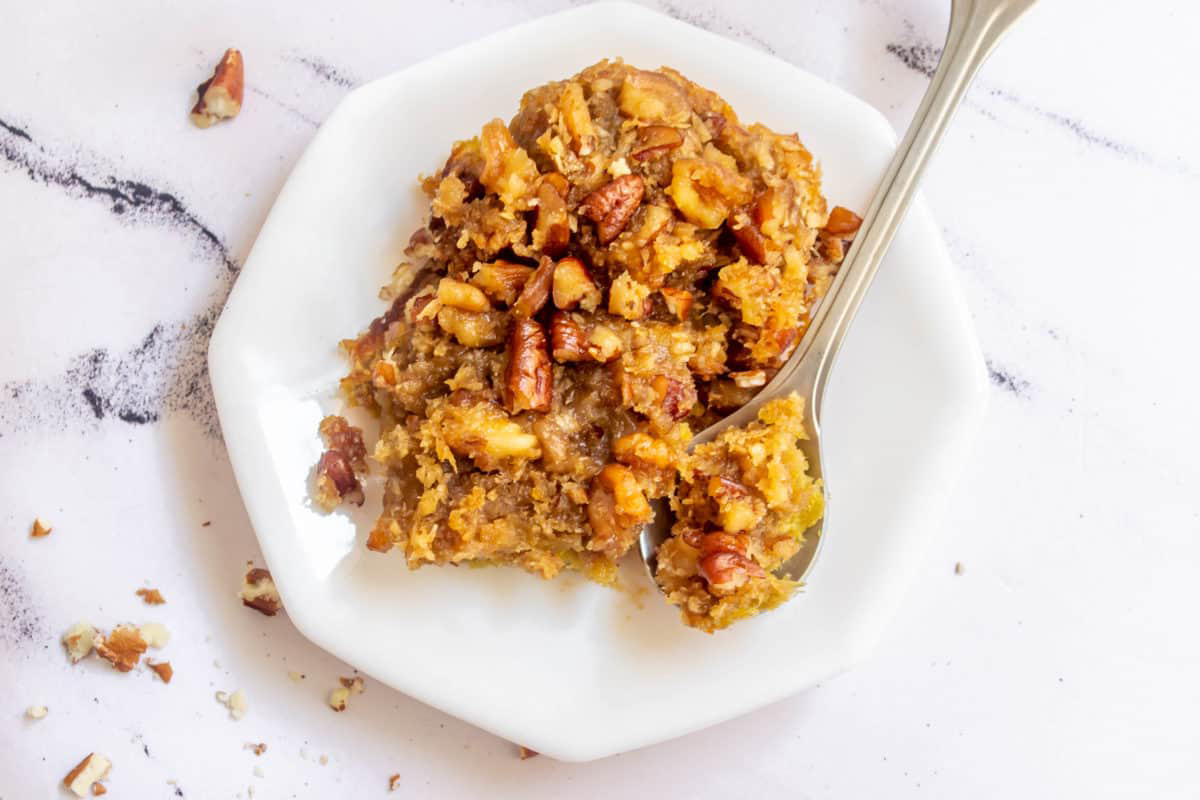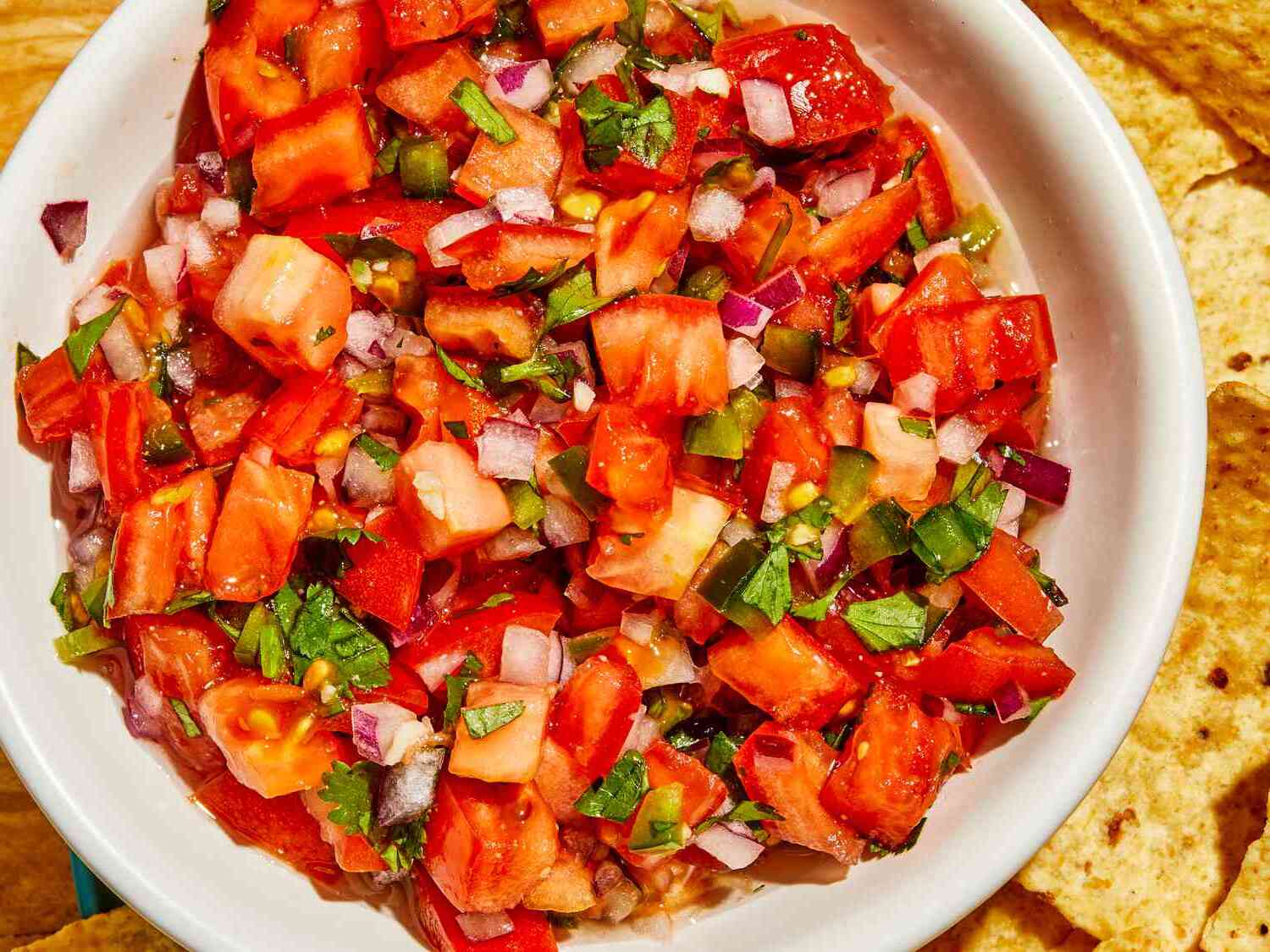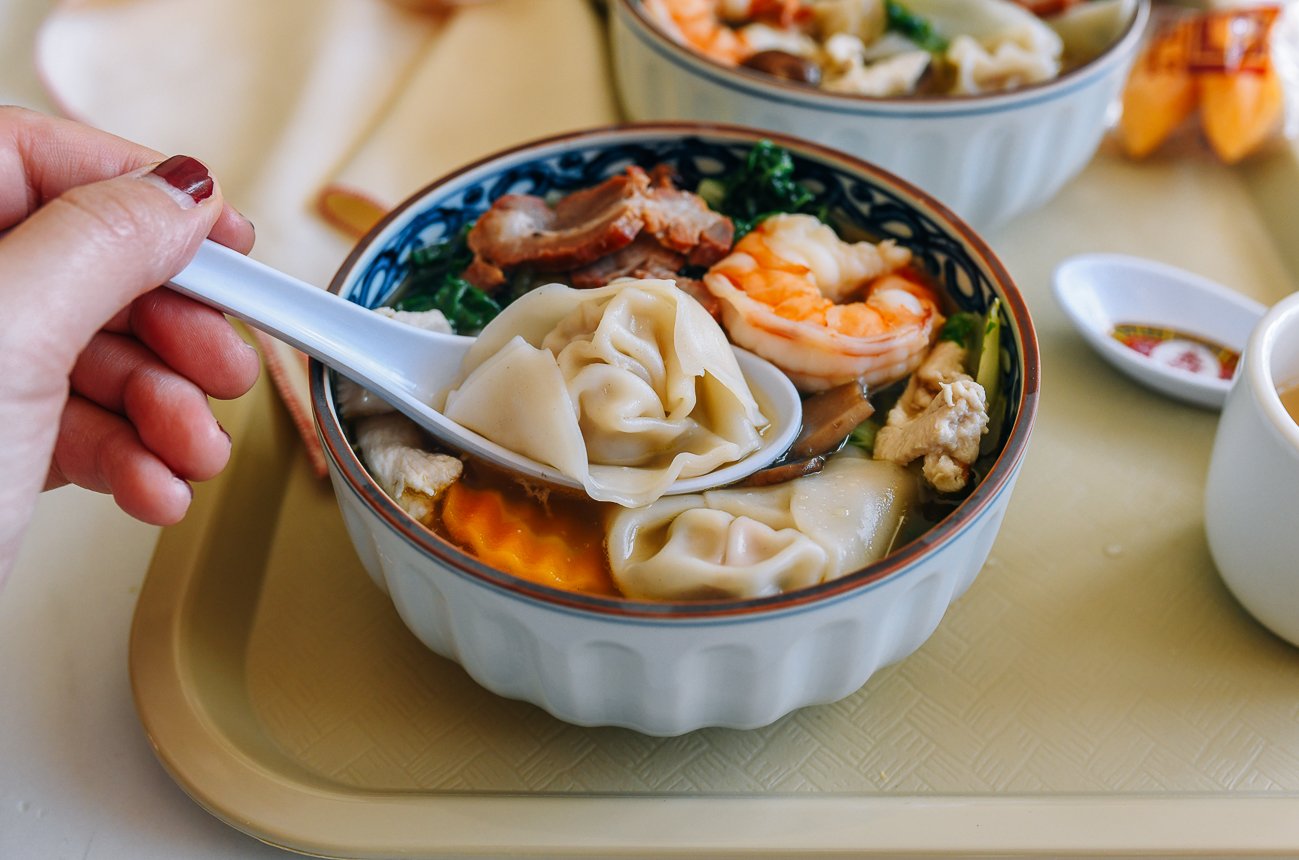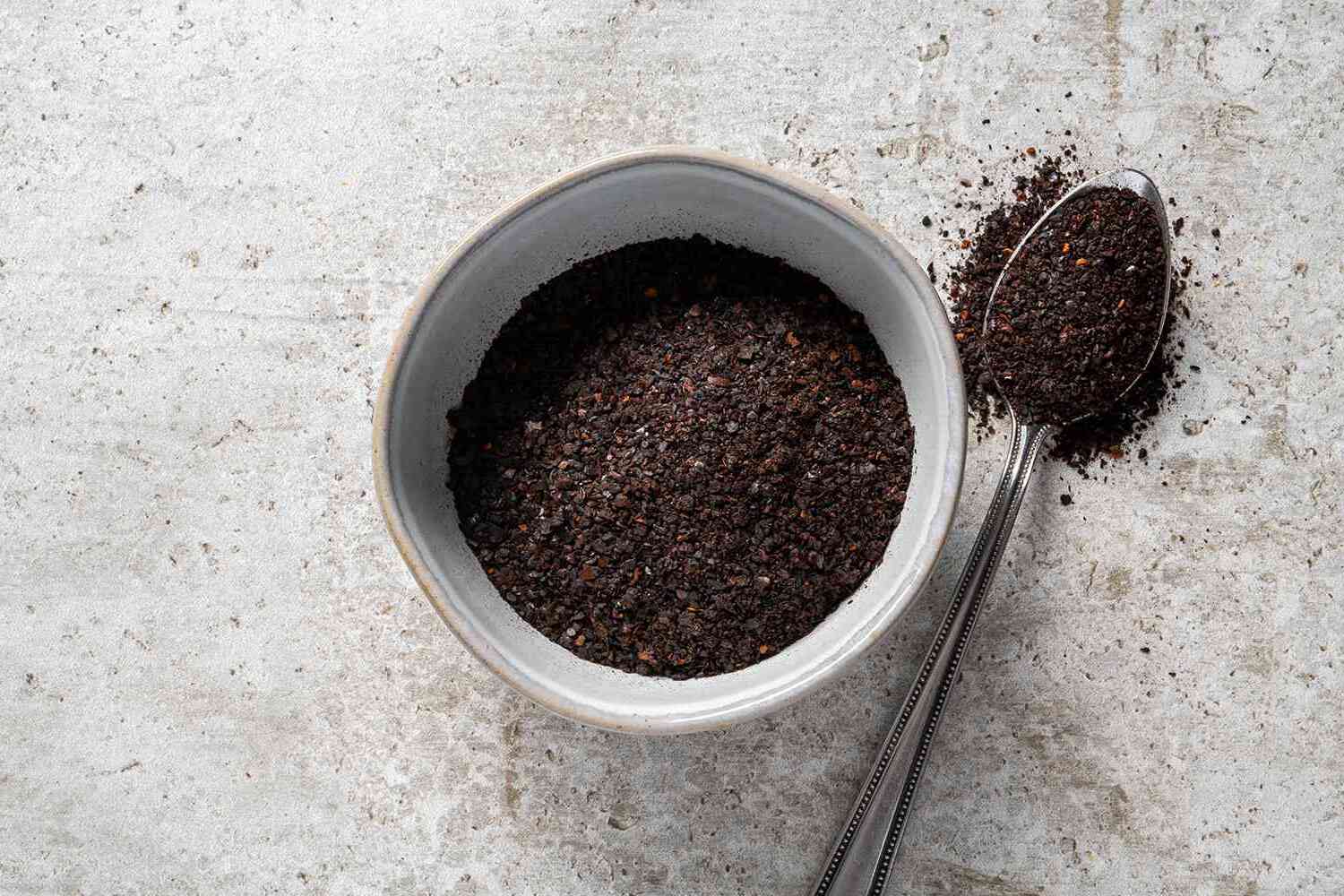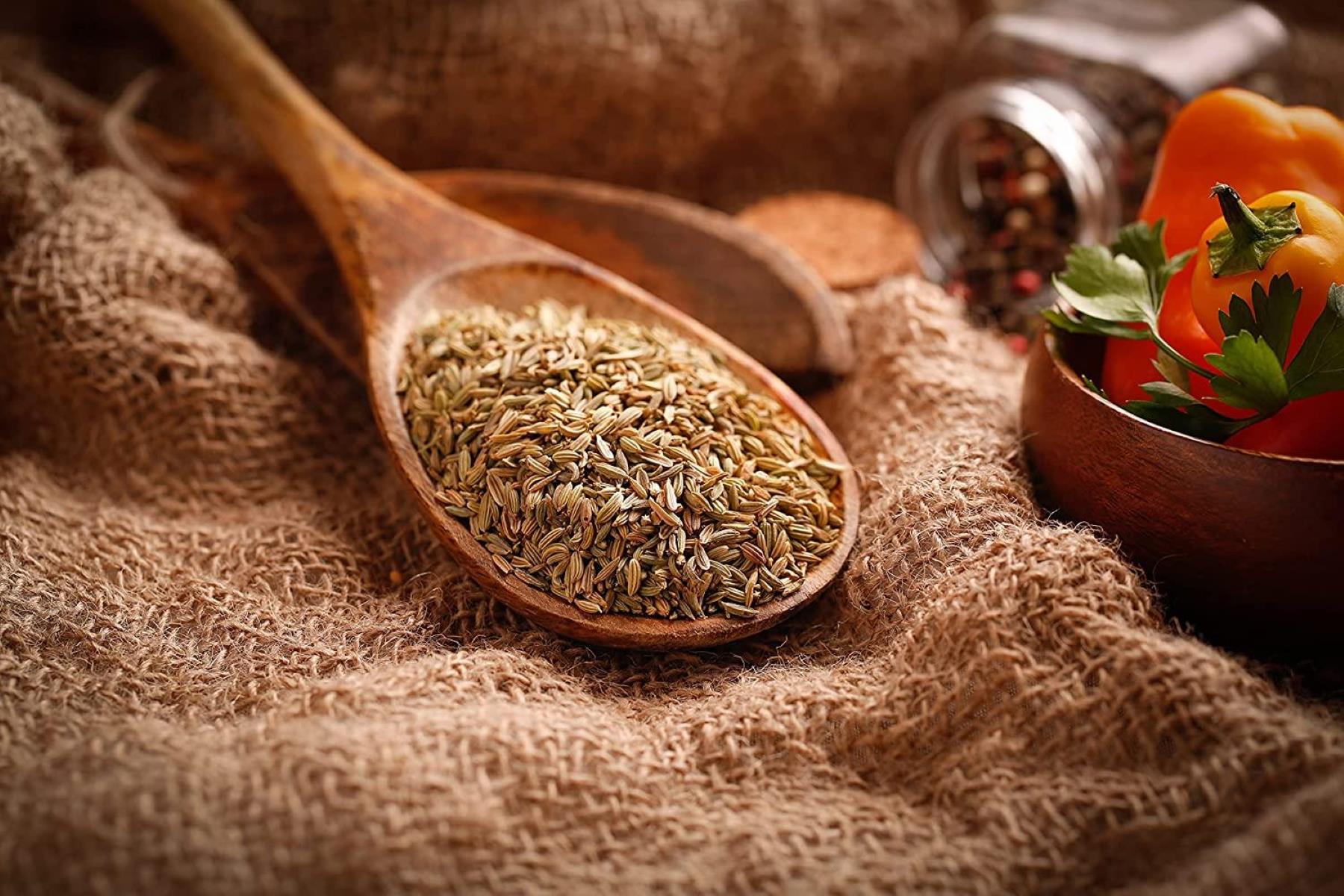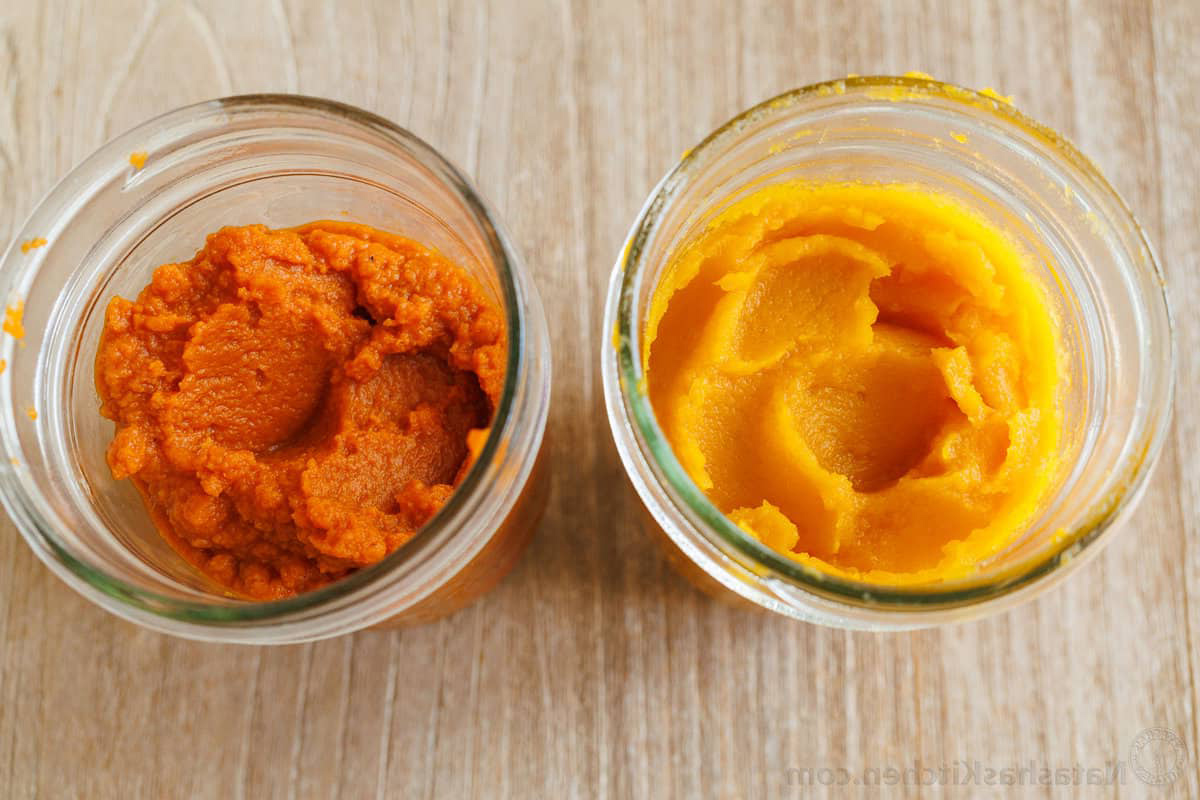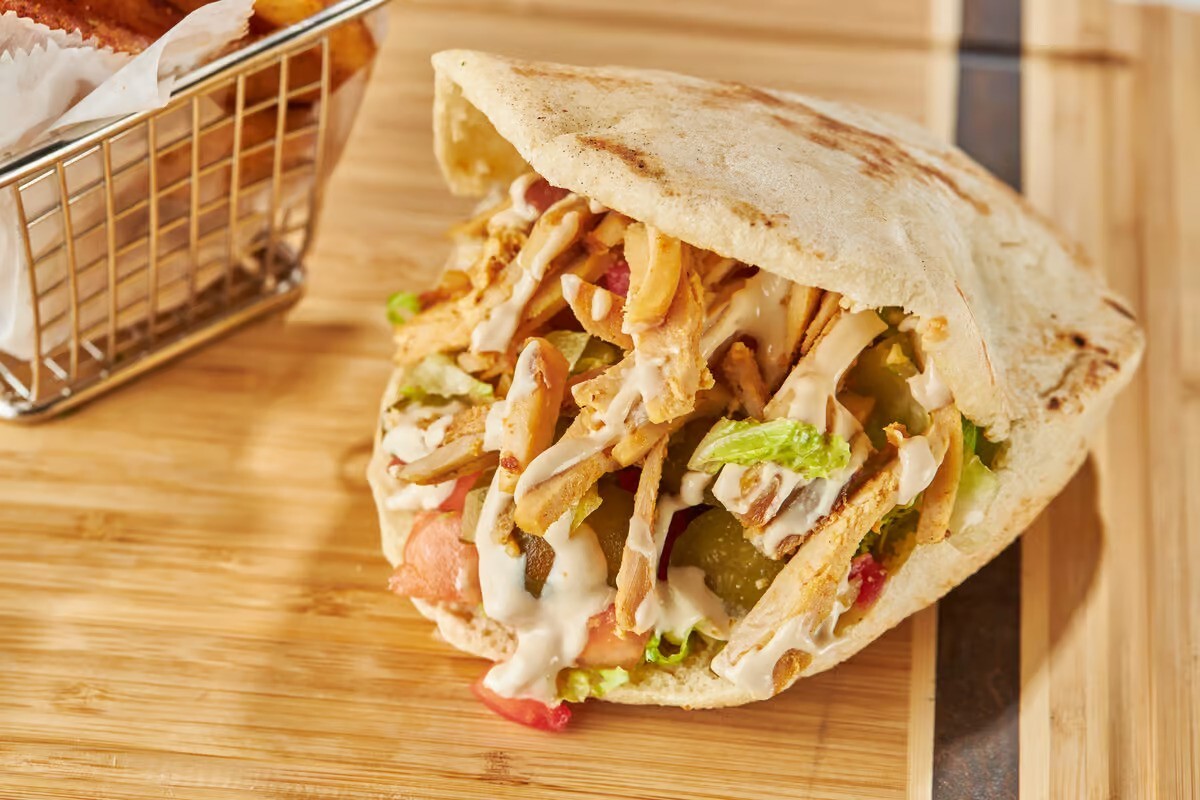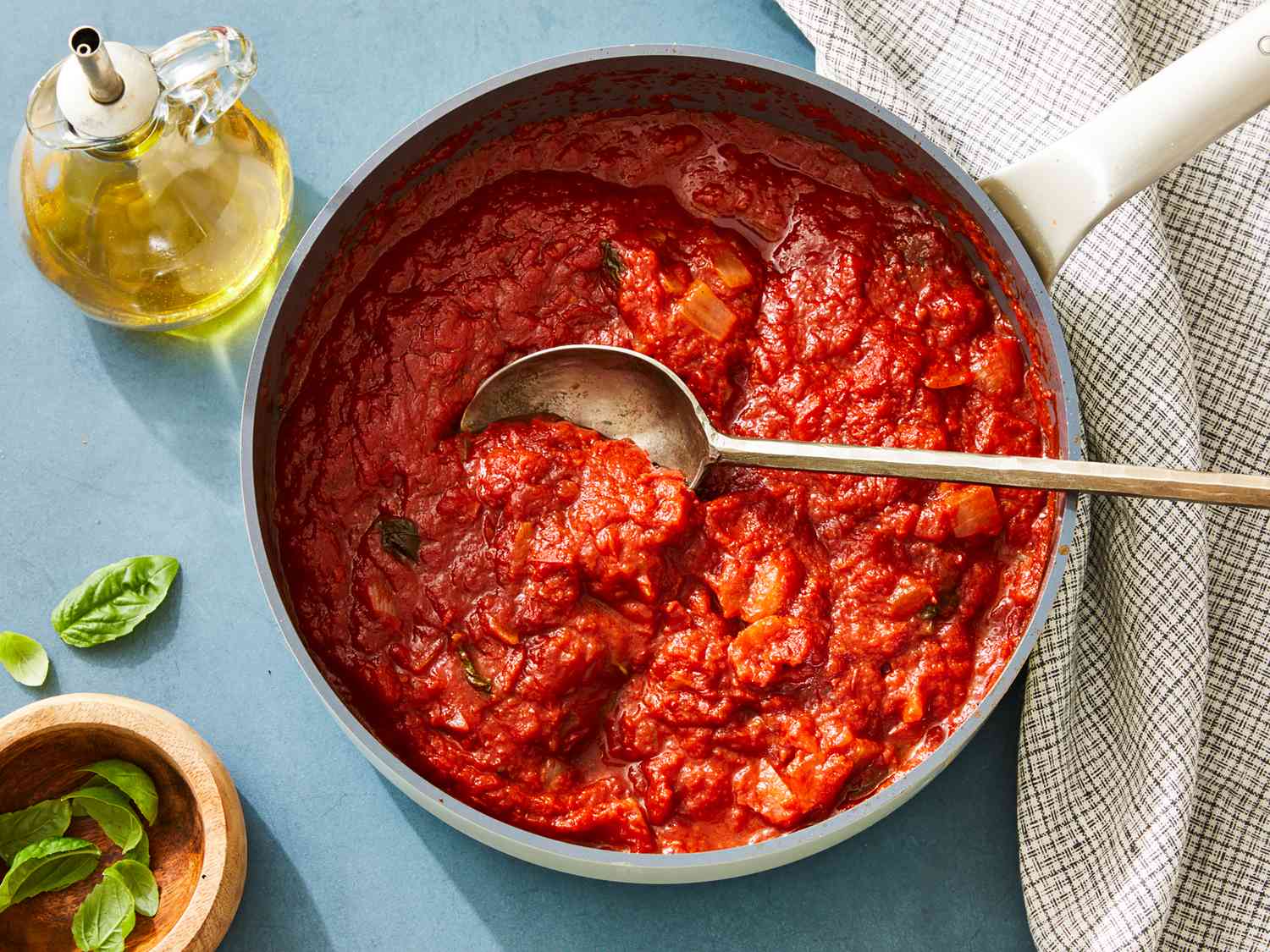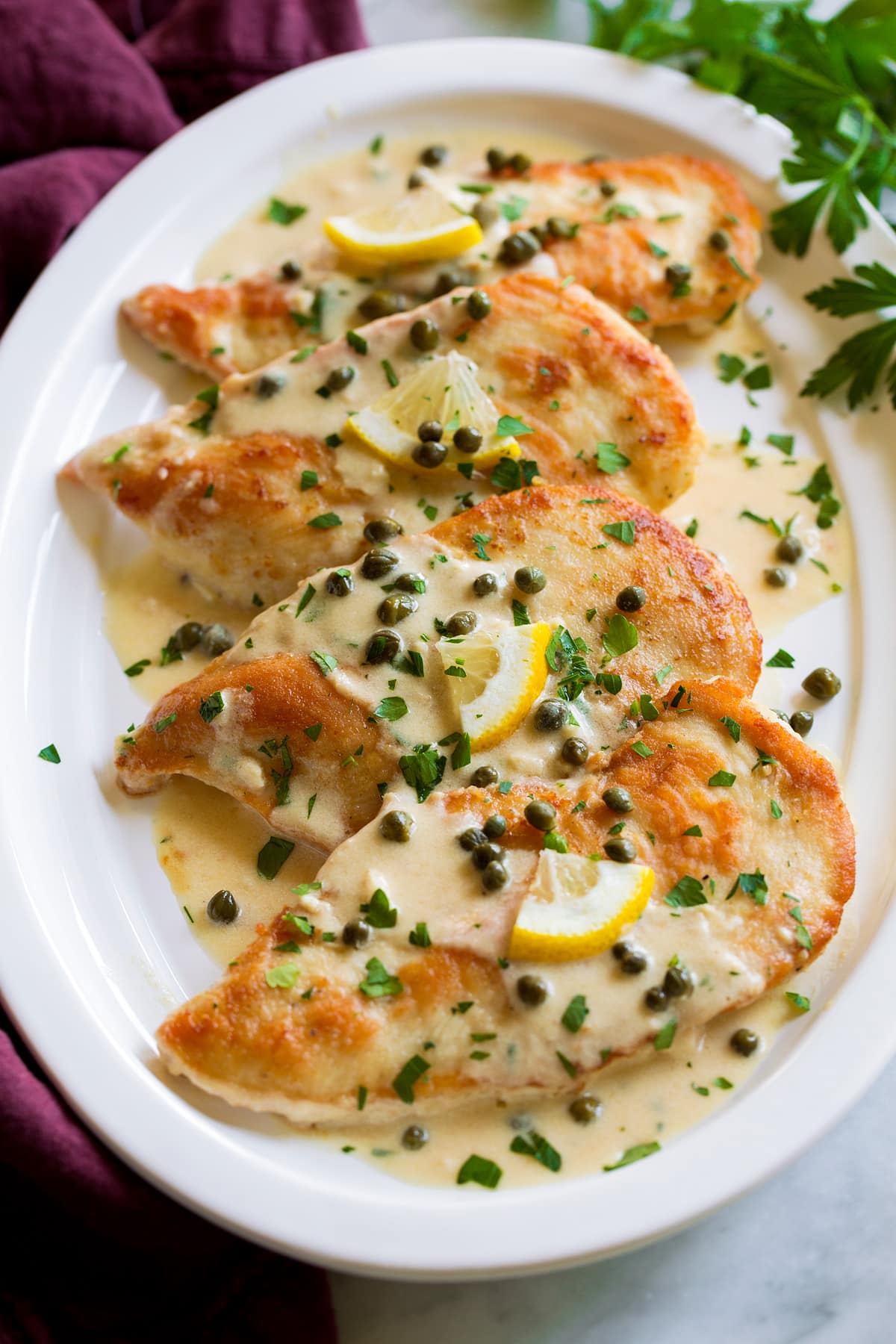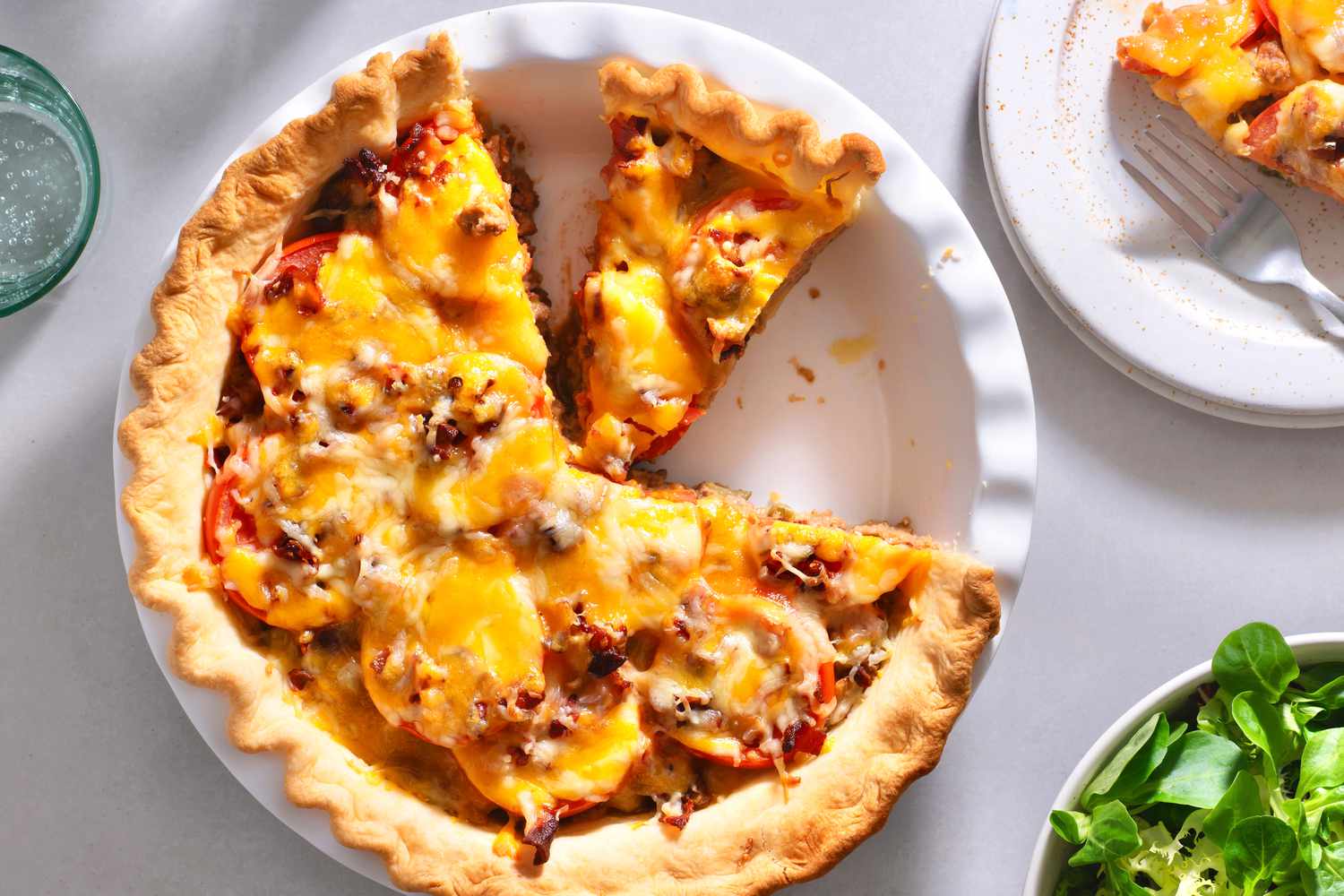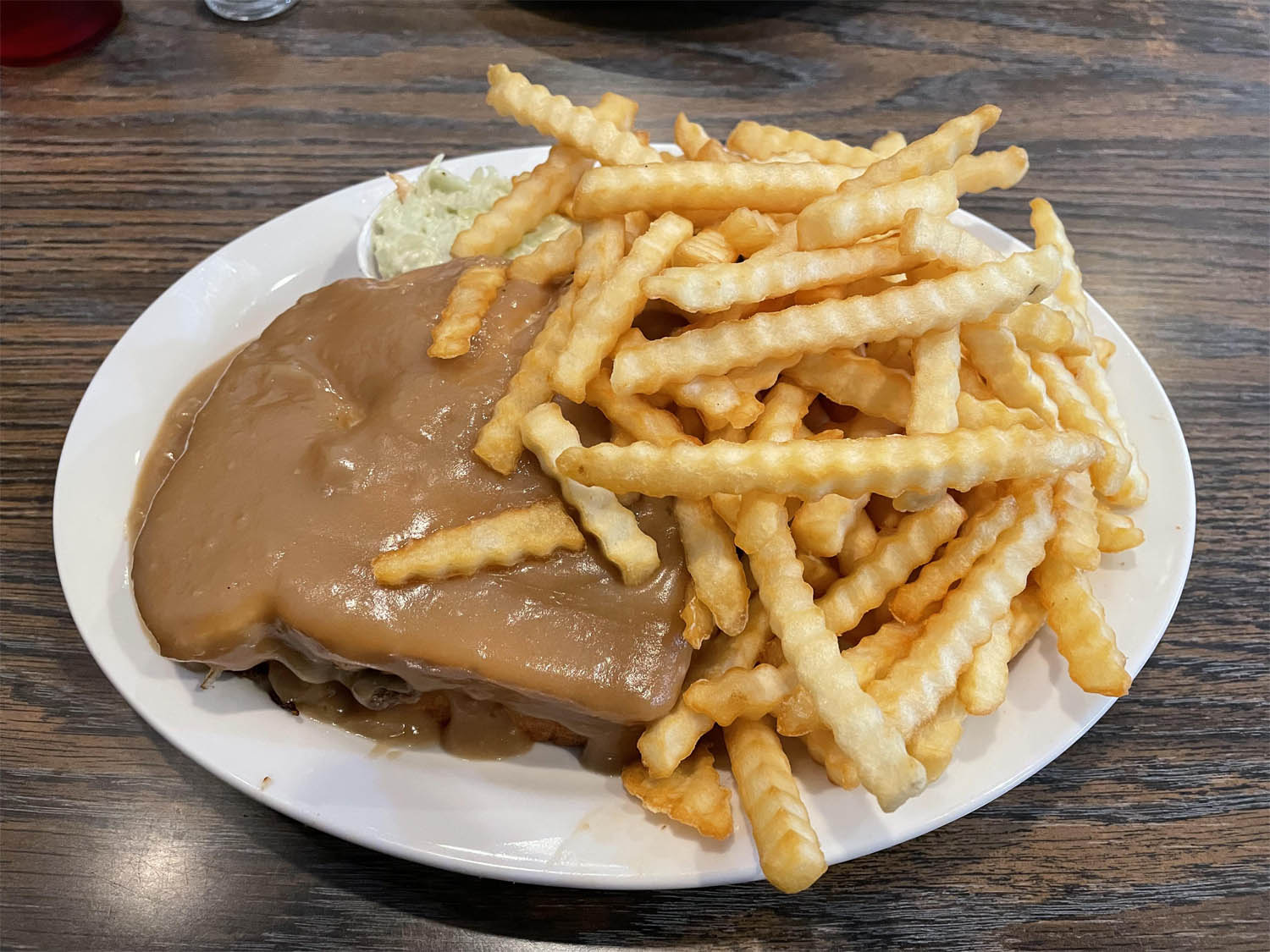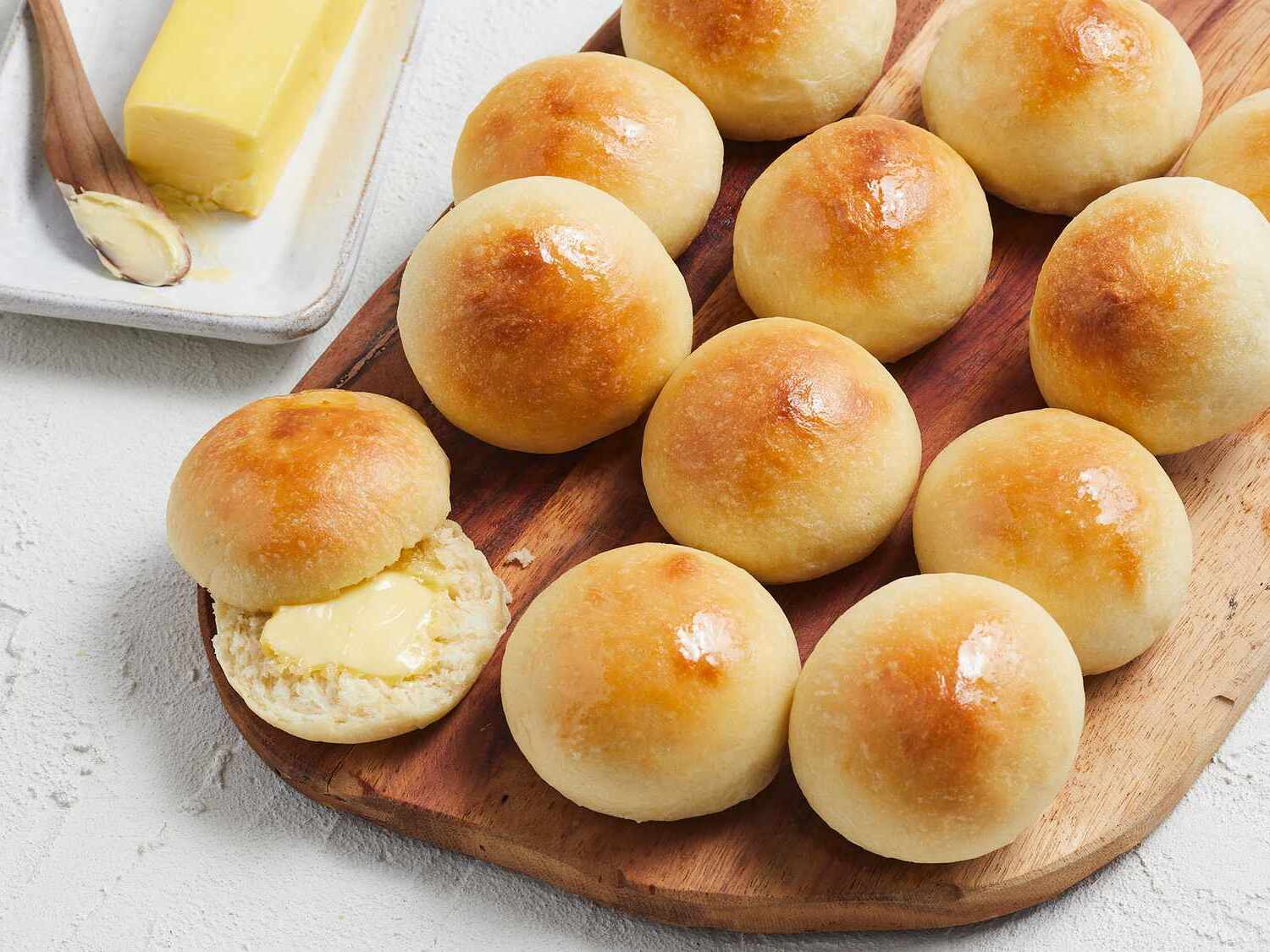Understanding Challah: A Delicious Tradition
Challah is a traditional Jewish bread that is commonly enjoyed on Shabbat and other Jewish holidays. This braided bread is not only delicious but also holds significant cultural and religious importance in Jewish communities around the world. Let’s delve into the history, significance, and flavors of this beloved bread.
The History of Challah
Challah has a rich history that dates back centuries. The word “challah” actually refers to the portion of dough that Jewish law requires to be set aside for the Kohen (priest) in Temple times. Over time, the term came to represent the braided bread that is now synonymous with Jewish tradition.
Significance in Jewish Culture
Challah plays a central role in Jewish culture and tradition. It is customary to have two loaves of challah on the Shabbat table, symbolizing the double portion of manna that the Israelites received in the desert. The braided shape of the bread is said to represent love and unity, making it a meaningful addition to holiday celebrations and family gatherings.
Flavors and Varieties
Challah comes in various flavors and styles, making it a versatile bread that can cater to different tastes. While the classic challah is a rich, slightly sweet bread made with eggs, flour, water, yeast, and sugar, there are also variations that incorporate ingredients like honey, raisins, or sesame seeds for added flavor and texture.
Baking and Braiding
Baking challah is not just about making bread; it’s a cherished tradition that is often passed down through generations. The process of braiding the dough is an art form in itself, with different braiding techniques symbolizing different things. Whether it’s a three-strand braid, a six-strand braid, or even a round challah for Rosh Hashanah, each shape and style holds its own significance.
Enjoying Challah
Challah is best enjoyed fresh out of the oven, whether it’s served plain, with a drizzle of honey, or used to make sandwiches and French toast. Its slightly sweet flavor and soft texture make it a versatile bread that can be enjoyed in various ways. Whether you’re observing a holiday or simply enjoying a meal with loved ones, challah is a delicious addition to any table.
In Conclusion
Challah is more than just bread; it’s a symbol of tradition, unity, and the joy of coming together. Its rich history and cultural significance make it a beloved staple in Jewish households and a delightful discovery for those new to its flavors. Whether you’re savoring a slice on Shabbat or incorporating it into your culinary creations, challah is a bread that brings people together and adds a touch of warmth to any occasion.
Was this page helpful?
Read Next: What Is A Convection Toaster Oven?
